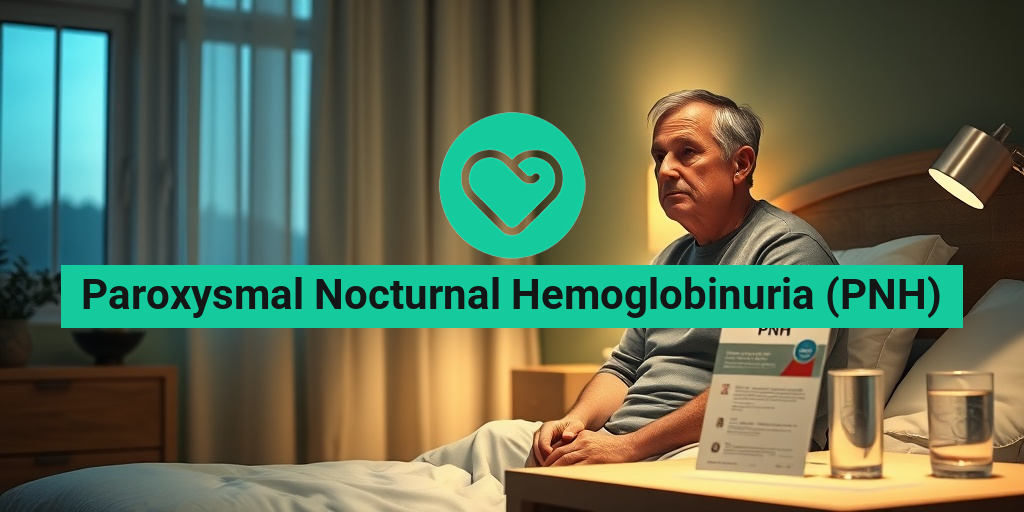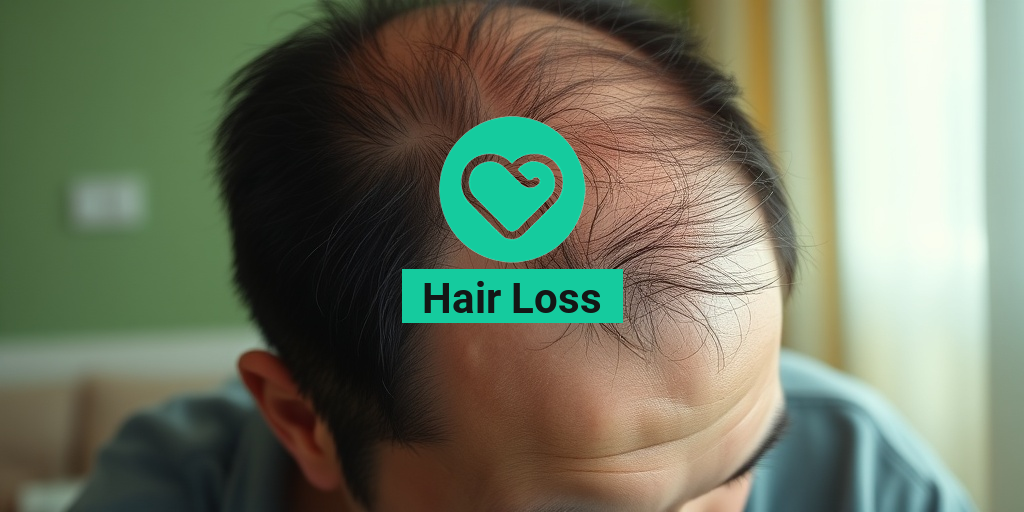What Are Panic and Anxiety Disorders?
Panic and anxiety disorders are a group of mental health conditions that can significantly impact an individual’s daily life. These disorders are characterized by feelings of excessive fear, anxiety, and apprehension that are persistent and overwhelming. According to the National Institute of Mental Health (NIMH), approximately 40 million adults in the United States suffer from anxiety disorders, making them the most common mental illness in the country.
Defining Panic Disorder
A panic disorder is a type of anxiety disorder that involves recurring panic attacks, which are sudden feelings of intense fear, anxiety, or discomfort that reach a peak within minutes. These attacks can occur at any time, even when there is no apparent reason for them. People with panic disorder often live in fear of having another panic attack, which can lead to significant distress and impairment in daily life.
Defining Anxiety Disorder
Anxiety disorder, on the other hand, is a broader term that encompasses a range of conditions, including generalized anxiety disorder, social anxiety disorder, and specific phobias. Anxiety disorders involve excessive and persistent worry or fear about everyday things, even when there is no apparent reason to worry. This excessive worry can interfere with an individual’s ability to function normally and can cause significant distress.
The Connection Between Panic and Anxiety Disorders
While panic disorder and anxiety disorder are distinct conditions, they often co-occur. In fact, research suggests that up to 60% of people with panic disorder also have an anxiety disorder. This is because the symptoms of panic disorder, such as panic attacks, can contribute to the development of anxiety disorder, and vice versa.
Understanding Panic Attacks
A panic attack is a sudden episode of intense fear or discomfort that reaches a peak within minutes and includes physical symptoms such as a racing heartbeat, sweating, and trembling. Panic attacks can occur at any time, even when there is no apparent reason for them, and can be very frightening.
What Happens During a Panic Attack?
During a panic attack, the body’s “fight or flight” response is triggered, releasing stress hormones like adrenaline into the bloodstream. This can lead to a range of physical symptoms, including:
- Racing heartbeat or palpitations
- Sweating or trembling
- Shortness of breath or feeling of choking
- Nausea or abdominal discomfort
- Dizziness or lightheadedness
- Fear of losing control or dying
These physical symptoms can be accompanied by intense feelings of fear, anxiety, or apprehension, which can be overwhelming and debilitating.
What Triggers Panic Attacks?
Panic attacks can be triggered by a range of factors, including:
- Stressful events or situations
- Genetic predisposition
- Brain chemistry imbalances
- Medical conditions, such as thyroid disorders or heart conditions
- Certain medications or substances
While the exact causes of panic attacks are not fully understood, research suggests that a combination of genetic, environmental, and psychological factors can contribute to their development.
If you’re struggling with panic and anxiety disorders, it’s essential to seek help from a mental health professional. They can help you develop coping strategies, provide support, and recommend evidence-based treatments. Additionally, resources like Yesil Health AI (yesilhealth.com) can provide valuable information and guidance on managing anxiety and panic disorders. 🌟
Remember, you’re not alone in your struggles with panic and anxiety disorders. With the right support and treatment, it’s possible to manage your symptoms and live a fulfilling life. 💕

Anxiety Disorder Symptoms
Anxiety disorders can manifest in different ways, and it’s essential to recognize the symptoms to seek proper help. If you’re experiencing any of the following symptoms, it’s crucial to consult a mental health professional for an accurate diagnosis and treatment plan.
Physical Symptoms
Some common physical symptoms of anxiety disorders include:
- Rapid heartbeat or palpitations
- Sweating, trembling, or shaking
- Shortness of breath or feeling like you’re choking
- Nausea or stomach discomfort
- Tension headaches or migraines
- Fatigue or feeling exhausted
- Sleep disturbances, such as insomnia or oversleeping
Emotional Symptoms
In addition to physical symptoms, anxiety disorders can also manifest emotionally:
- Feeling anxious or on edge most of the time
- Fearful thoughts or a sense of impending doom
- Irritability or mood swings
- Restlessness or feeling agitated
- Difficulty concentrating or making decisions
- Avoidance behaviors, such as avoiding social situations or activities
Types of Anxiety Disorders
There are several types of anxiety disorders, each with unique characteristics and symptoms. Understanding the different types can help you better navigate your diagnosis and treatment.
Panic Disorder
Panic disorder is characterized by recurring panic attacks, which are intense episodes of fear or discomfort that reach a peak within minutes. These attacks can occur at any time, even when there’s no apparent reason for them.
Generalized Anxiety Disorder (GAD)
GAD is marked by excessive and persistent worry about everyday things, such as work, finances, or relationships. People with GAD may experience physical symptoms like restlessness, fatigue, and difficulty sleeping.
Social Anxiety Disorder (SAD)
SAD, also known as social phobia, involves feelings of fear or anxiety in social situations. This can lead to avoidance behaviors, such as skipping social events or avoiding public speaking.
Specific Phobias
Specific phobias involve an intense fear of a specific object, situation, or activity. Examples include fear of spiders, heights, or enclosed spaces.
Separation Anxiety Disorder
Separation anxiety disorder is characterized by excessive fear or anxiety when separated from a person or place that provides a sense of safety or security.
Remember, anxiety disorders are treatable, and seeking help is the first step towards recovery. If you’re struggling with anxiety, don’t hesitate to reach out to a mental health professional for guidance and support 🤝.

Panic and Anxiety Causes and Risk Factors
Have you ever wondered what triggers panic and anxiety disorders? Understanding the causes and risk factors can help you better cope with these conditions and potentially prevent them from occurring in the first place. Let’s dive into the complex web of factors that contribute to the development of panic and anxiety disorders.
Genetics and Family History
Research suggests that panic and anxiety disorders can run in families, indicating a possible genetic component. If you have a family history of anxiety or panic disorders, you may be more likely to develop these conditions yourself. However, it’s essential to remember that genetics is just one piece of the puzzle, and environmental factors also play a significant role.
Brain Chemistry and Neurotransmitters
Imbalances in brain chemistry, particularly with neurotransmitters like serotonin and gamma-aminobutyric acid (GABA), can contribute to the development of panic and anxiety disorders. These neurotransmitters help regulate mood, emotions, and the body’s response to stress. When they’re out of balance, it can lead to feelings of anxiety and panic.
Environmental Factors and Life Experiences
Traumatic events, such as the loss of a loved one, a job change, or a move, can trigger panic and anxiety disorders. Additionally, ongoing stress, like financial problems or relationship issues, can also contribute to the development of these conditions. Even positive life changes, like getting married or having a baby, can cause anxiety and panic in some individuals.
Personality Traits and Coping Mechanisms
Certain personality traits, such as perfectionism or low self-esteem, can increase the risk of developing panic and anxiety disorders. Additionally, unhealthy coping mechanisms, like substance abuse or avoidance, can exacerbate anxiety and panic symptoms.
Medical Conditions and Medications
Certain medical conditions, such as thyroid disorders, heart conditions, or respiratory diseases, can contribute to the development of panic and anxiety disorders. Additionally, some medications, like steroids or antidepressants, can trigger anxiety and panic symptoms as a side effect.
How to Diagnose Panic and Anxiety Disorders
Diagnosing panic and anxiety disorders can be a complex process, as the symptoms can be similar to those of other conditions. However, with the help of a mental health professional, you can get an accurate diagnosis and start working towards recovery.
Physical Exam and Medical History
The diagnostic process typically begins with a physical exam and a review of your medical history. This helps rule out any underlying medical conditions that may be contributing to your symptoms.
Psychological Evaluation
A mental health professional will conduct a psychological evaluation to assess your mental health and identify any patterns of thought or behavior that may be contributing to your symptoms. This may involve a series of questions, surveys, or psychological tests.
Diagnostic Criteria
The diagnostic criteria for panic and anxiety disorders are outlined in the Diagnostic and Statistical Manual of Mental Disorders, 5th Edition (DSM-5). A mental health professional will use these criteria to determine if you meet the diagnostic threshold for a specific anxiety disorder, such as panic disorder, generalized anxiety disorder, or social anxiety disorder.
Self-Assessment and Screening Tools
While only a mental health professional can provide an official diagnosis, you can use self-assessment tools and screening questionnaires to get a better understanding of your symptoms and whether you may be experiencing panic and anxiety disorders. These tools can help you identify patterns of thought and behavior that may be contributing to your symptoms.
Remember, diagnosing panic and anxiety disorders is just the first step towards recovery. With the right treatment and support, you can learn to manage your symptoms and improve your overall mental health. 💪

Panic and Anxiety Treatment Options
Living with panic and anxiety disorders can be overwhelming and debilitating. The constant fear of panic attacks, anxiety symptoms, and emotional turmoil can take a toll on your mental and physical well-being. However, there is hope! With the right treatment options, you can learn to manage your symptoms, reduce anxiety, and regain control over your life.
Cognitive-Behavioral Therapy (CBT)
Cognitive-behavioral therapy is a highly effective treatment approach for panic and anxiety disorders. This type of therapy helps you identify and change negative thought patterns, behaviors, and coping mechanisms that contribute to your anxiety. Through CBT, you’ll learn how to:
- Recognize and challenge distorted or unhelpful thinking patterns
- Develop coping skills and strategies to manage anxiety
- Gradually expose yourself to feared situations or objects
- Improve your problem-solving skills and self-confidence
CBT is a collaborative process between you and your therapist, and it’s often conducted in a series of sessions over several weeks or months.
Exposure Therapy
Exposure therapy is a type of CBT that focuses on helping you confront and overcome your fears and anxieties. This approach involves gradually exposing yourself to situations, objects, or environments that trigger anxiety, while teaching you coping skills to manage your symptoms.
Exposure therapy can be an effective way to:
- Reduce avoidance behaviors
- Decrease anxiety symptoms
- Improve your sense of control and confidence
Relaxation Techniques
Relaxation techniques, such as deep breathing, progressive muscle relaxation, and visualization, can help you calm your mind and body. These techniques can be used in conjunction with CBT and exposure therapy to enhance their effectiveness.
Regular practice of relaxation techniques can:
- Reduce anxiety symptoms
- Improve sleep quality
- Enhance overall well-being
Medications for Panic and Anxiety Disorders
In some cases, medications may be prescribed to help manage panic and anxiety disorders. These medications can be used alone or in combination with therapy to reduce symptoms and improve overall mental health.
Antidepressants
Antidepressants, such as selective serotonin reuptake inhibitors (SSRIs), are commonly used to treat panic and anxiety disorders. These medications work by increasing the levels of certain neurotransmitters in the brain, which can help regulate mood and reduce anxiety symptoms.
Some common antidepressants used to treat panic and anxiety disorders include:
- Fluoxetine (Prozac)
- Paroxetine (Paxil)
- Sertraline (Zoloft)
Benzodiazepines
Benzodiazepines, such as alprazolam (Xanax) and clonazepam (Klonopin), are often prescribed to treat anxiety disorders. These medications work by slowing down the nervous system and reducing anxiety symptoms.
However, benzodiazepines can be habit-forming and are typically recommended for short-term use only.
Beta Blockers
Beta blockers, such as propranolol (Inderal), are sometimes used to treat anxiety disorders. These medications work by reducing the physical symptoms of anxiety, such as a rapid heartbeat and trembling.
It’s essential to work closely with your healthcare provider to find the right medication and dosage for your specific needs. Remember, medications should be used in conjunction with therapy and lifestyle changes to achieve optimal results.
Remember, you don’t have to face panic and anxiety disorders alone. With the right treatment options and support, you can learn to manage your symptoms and live a fulfilling life. 💕

Frequently Asked Questions about Panic and Anxiety Disorders
What are Panic and Anxiety Disorders?
Panic and anxiety disorders are a group of mental health conditions characterized by feelings of excessive and persistent fear, anxiety, and panic. These disorders can interfere with a person’s daily life, relationships, and overall well-being.
What are the Symptoms of Panic and Anxiety Disorders?
The symptoms of panic and anxiety disorders can vary from person to person, but common symptoms include:
- Rapid heartbeat or palpitations
- Sweating or trembling
- Shortness of breath or feeling of choking
- Nausea or abdominal discomfort
- Dizziness or lightheadedness
- Fear of losing control or dying
- Avoidance of places or situations that trigger anxiety
What is the Difference between Panic Disorder and Anxiety Disorder?
Panic disorder is a specific type of anxiety disorder characterized by recurring panic attacks, which are sudden feelings of intense fear or discomfort that reach a peak within minutes. Anxiety disorder, on the other hand, is a broader term that encompasses several conditions, including panic disorder, social anxiety disorder, and generalized anxiety disorder.
Can You Have Panic Disorder and Anxiety Disorder at the Same Time?
Yes, it is possible to have both panic disorder and anxiety disorder simultaneously. In fact, many people experience symptoms of both conditions. A mental health professional can help diagnose and treat both conditions.
How are Panic and Anxiety Disorders Treated?
Treatment for panic and anxiety disorders typically involves a combination of psychotherapy, such as cognitive-behavioral therapy (CBT), and medication, such as antidepressants or benzodiazepines. Lifestyle changes, such as regular exercise, healthy eating, and stress management, can also help alleviate symptoms.
Can Panic and Anxiety Disorders be Cured?
While panic and anxiety disorders cannot be “cured” in the classical sense, they can be managed and treated effectively with the right combination of therapy, medication, and lifestyle changes. With proper treatment, many people are able to lead fulfilling lives and reduce their symptoms significantly.
How Can I Support a Loved One with Panic and Anxiety Disorders?
Supporting a loved one with panic and anxiety disorders can be challenging, but there are several ways to help:
- Encourage them to seek professional help
- Listen to them without judgment
- Help them develop coping strategies
- Offer emotional support and validation
- Help them with daily tasks and responsibilities
What are Some Common Misconceptions about Panic and Anxiety Disorders?
There are several common misconceptions about panic and anxiety disorders, including:
- They are a sign of weakness
- They can be overcome by willpower
- They are only experienced by certain types of people
- They are not “real” medical conditions
These misconceptions can be harmful and perpetuate stigma around mental health conditions. It’s essential to educate ourselves and others about the reality of panic and anxiety disorders.




